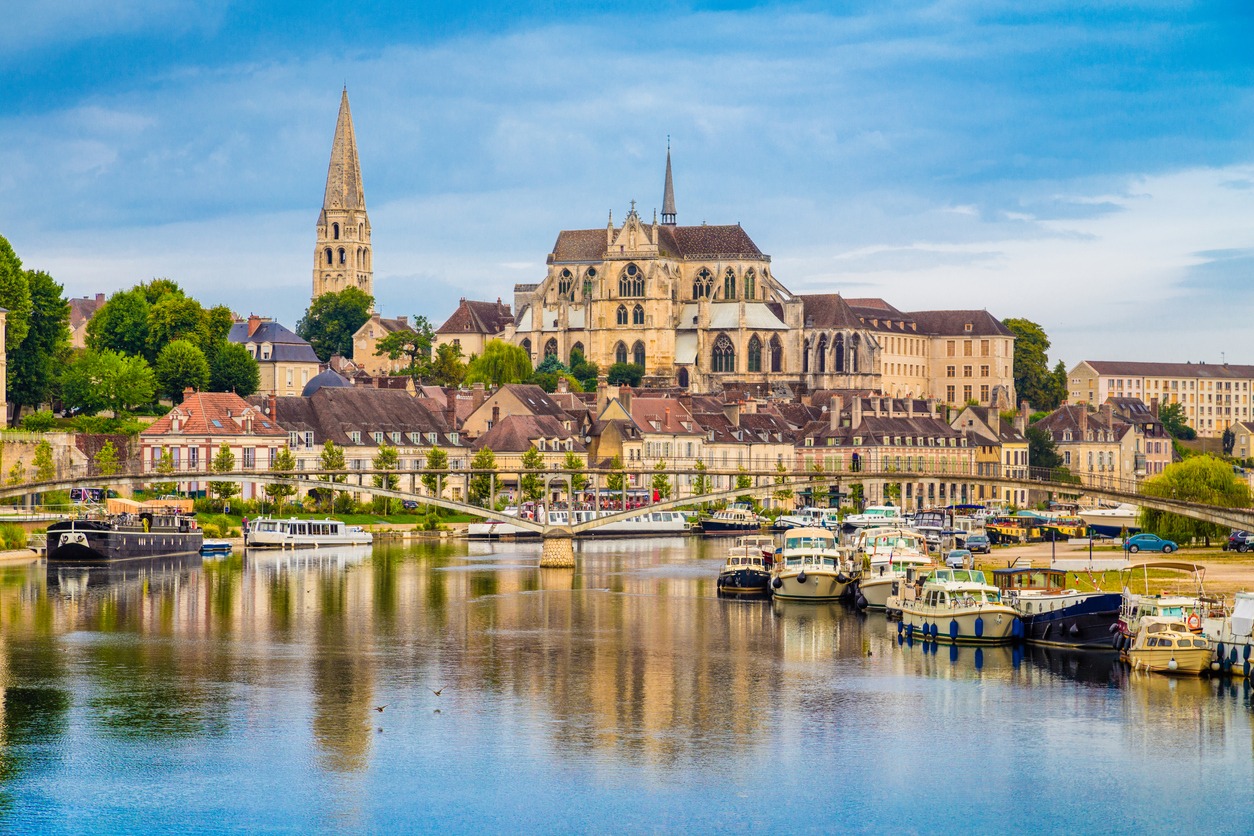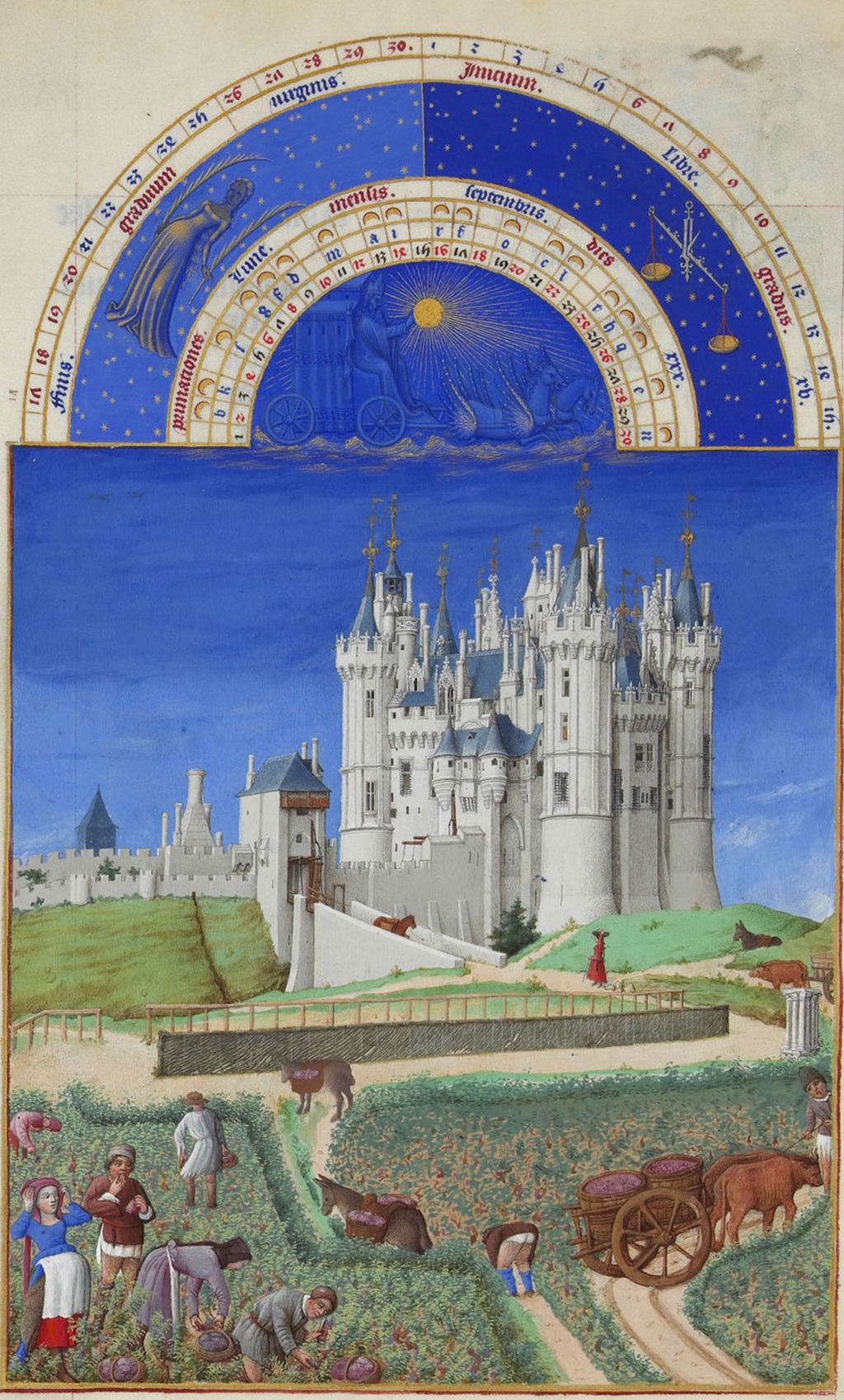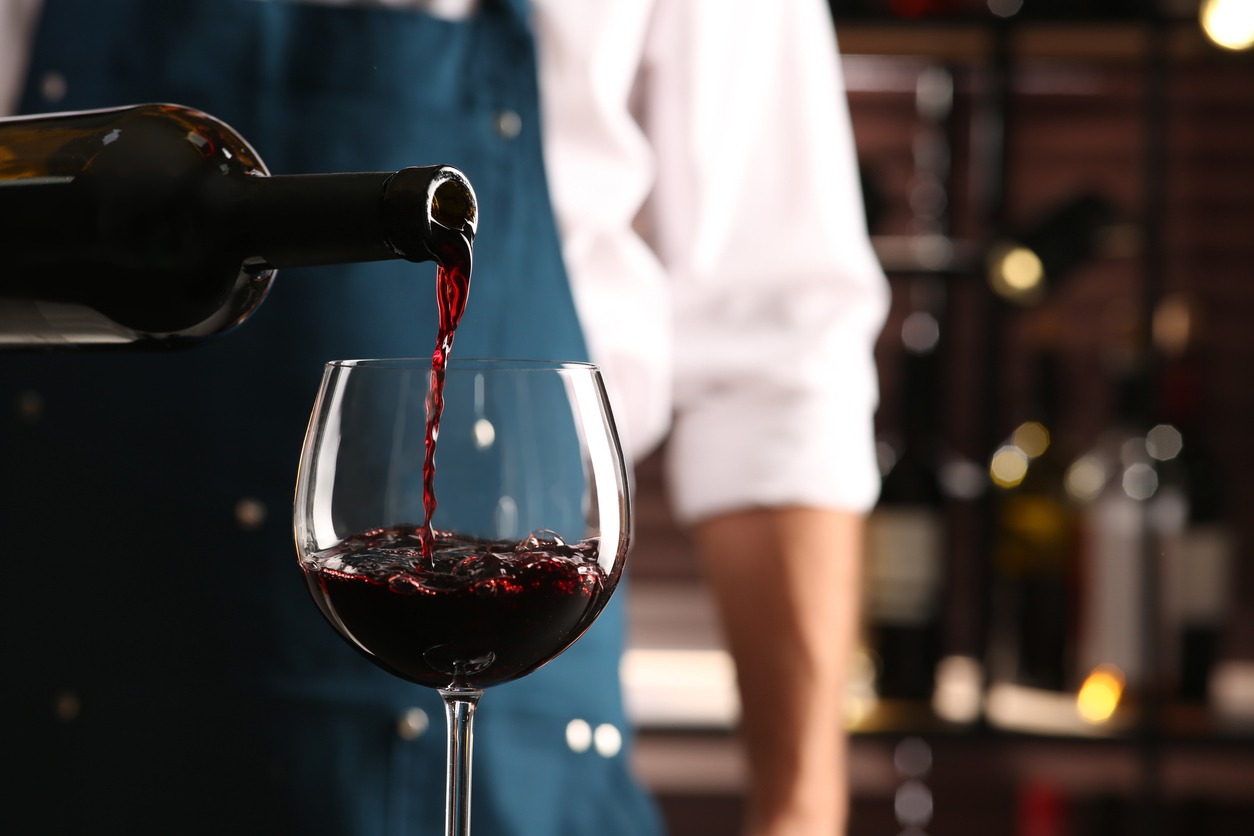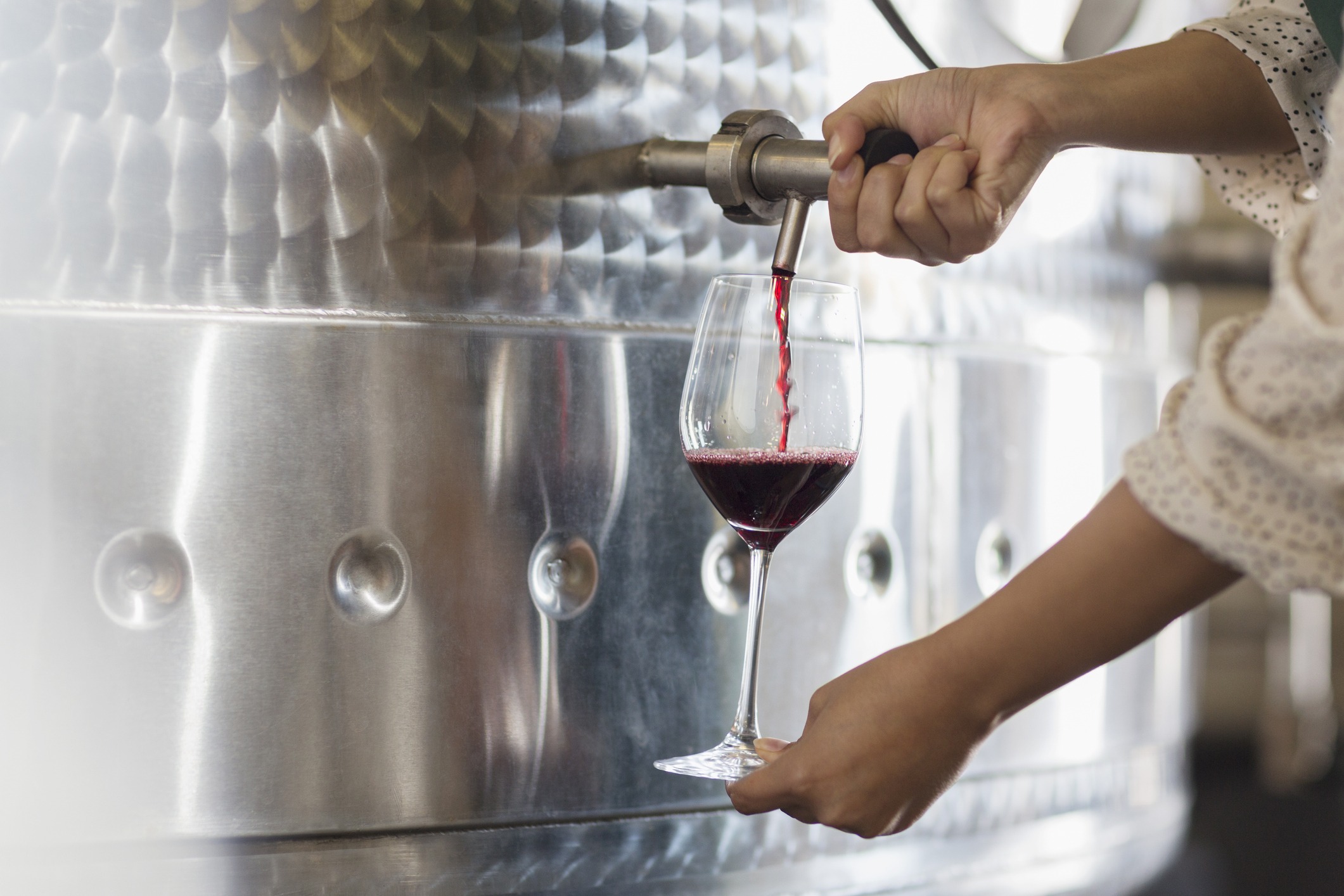Bordeaux and Burgundy are two of France’s most prestigious wine regions, each offering distinct experiences for the wine lover. While both regions produce wines that are celebrated around the world, their differences in climate, grape varieties, and wine-making traditions contribute to the unique characteristics of their respective wines. Bordeaux, located in the southwest of France, is known for its robust red blends, primarily made from Cabernet Sauvignon and Merlot grapes. The region’s Atlantic influence and gravelly soils create ideal conditions for these grape varieties to thrive, resulting in wines that are renowned for their structure and ability to age gracefully.
In contrast, Burgundy sits in eastern France, with its wines generally deemed subtler than those from Bordeaux. The region is famed for its Pinot Noir and Chardonnay grapes. The cooler continental climate and diverse range of soils, including limestone and marl, give Burgundy wines their high acidity and nuanced flavors, often expressing a sense of place, referred to as ‘terroir’. While Bordeaux wines are celebrated for their consistent quality and blend complexity, Burgundy’s wines are prized for their elegance, purity of fruit, and individual expression of single vineyards.
Geographic and Climatic Influences
The distinct geographic and climatic conditions of the Bordeaux and Burgundy regions are fundamental to their unique wine profiles. Terroir, a term that embodies the complete natural environment in which a particular wine is produced, plays a central role in differentiating their offerings.

Geography of Bordeaux and Burgundy
Bordeaux:
- Location: Southwest France, along the Garonne River.
- Vineyard Area: Approximately 300,000 hectares.
- Soil Composition: Gravel deposits from ancient river beds, conducive to excellent drainage.
Burgundy:
- Location: Eastern France, north of the Rhone Valley.
- Vineyard Area: Around 75,000 hectares.
- Soil Composition: Limestone and marl, which can vary significantly even within small areas.
Climate Impact on Wine Characteristics
The climate directly influences the terroir and the subsequent wine characteristics, with each region’s weather conditions imparting distinct qualities to the wines produced.
Bordeaux:
- Climate: Generally temperate with warm summers and mild winters. The Atlantic Ocean influences the weather, offering enough rainfall for winegrowing.
- Wine Characteristics: Bordeaux wines typically have a balance of sweet dark fruit notes mixed with drier nuances due to their warmer growing conditions.
Burgundy:
- Climate: Cooler overall than Bordeaux, with greater temperature variations between seasons.
- Wine Characteristics: The wines often exhibit a blend of earthy notes, spiciness, and deeper red fruits, a result of the cooler climate which is critical for growing Burgundy’s signature grape varieties.
Understanding the geographic and climatic nuances is essential to appreciate the true essence of the wines from Bordeaux and Burgundy. Each region’s terroir significantly shapes the identity and quality of the wines they produce.
Grape Varieties and Wine Styles
The distinctive identities of Bordeaux and Burgundy wines are largely shaped by the grape varietals used and the styles of wine they produce. Bordeaux is renowned for its blends, whilst Burgundy is celebrated for wines expressing the purity of single grape varietals.
Red and White Varietals
Bordeaux wine region primarily cultivates red grape varieties such as Merlot, Cabernet Sauvignon, Cabernet Franc, Malbec, and Petit Verdot. Merlot and Cabernet Sauvignon dominate, contributing to the region’s full-bodied reds. For whites, Sauvignon Blanc and Sémillon are the key grapes, often blended to create versatile Bordeaux white wines.
In comparison, Burgundy is acclaimed for red wines made predominantly from Pinot Noir and white wines from Chardonnay. These grape varietals lead to a more varied profile in Burgundy wines: Pinot Noir offers a range of red fruit flavors and an elegant structure, while Chardonnay lends itself to both crisp, mineral-driven whites as well as fuller, oak-aged styles.
Bordeaux Blends vs. Burgundy Purity
Bordeaux’s red wines are typically blended, offering a balance of Merlot‘s soft fruitiness with the structure and longevity of Cabernet Sauvignon. Other varietals like Cabernet Franc and Petit Verdot might be added for complexity. These blends result in layered, robust wines with a potential for aging.
Burgundy stands apart with its emphasis on the purity of single grape varietals, particularly Pinot Noir for reds and Chardonnay for whites. This focus on a single grape allows the nuanced expression of Burgundy’s terroir. The region’s wines are rarely blended, which speaks to the intrinsic characteristics of the varietal and the exact patch of land it’s grown on.
Wine Characteristics and Profiles
In exploring the distinct characteristics of Bordeaux and Burgundy wines, it is crucial to understand their flavor profiles, which are influenced by the regions’ unique terroir and grape varieties.
Tasting Notes for Bordeaux
Red Bordeaux wines typically exhibit a robust flavor profile with notable tannins and a complex array of aromas. The predominant flavors include:
- Dark fruits: such as blackcurrant (cassis) and plum.
- Earthy elements: often a hint of tobacco or a subtle, forest-like quality.
- Additional notes: To round out the palette, one might detect spice and occasionally a touch of cola.
The texture of Red Bordeaux can be characterized by its structured tannins, which contribute to the wine’s longevity and aging potential.
On the other hand, White Bordeaux wines are known for their:
- Fruitiness: showcasing citrus or tropical fruits.
- Minerality: a crisp, refreshing quality.
White Bordeaux wines might also present a complexity of flavors from aging in oak barrels, such as vanilla or toast.
Tasting Notes for Burgundy
Red Burgundy, made predominantly from the Pinot Noir grape, offers a different spectrum of flavors, which include:
- Red fruits: cherries and raspberries, with a vibrant and expressive fruit quality.
- Spice and earthiness: notes of mushrooms and a signature spiciness.
Red Burgundy wines are generally less tannic than Bordeaux, leading to a silkier texture.
White Burgundy, made from Chardonnay grapes, tends to have:
- Floral and fruit notes: such as apple, pear, and citrus.
- Complexity from oak aging: which might introduce hints of nuttiness, butter, and a creamy texture.
Both red and white Burgundies are highly regarded for their ability to express the nuances of their terroir, resulting in wines that are both elegant and complex.
Wine Regions and Classification Systems
Understanding the intricacies of wine regions and classification systems is essential in discerning Bordeaux and Burgundy wines. These systems provide a framework for appreciating the traditions, quality, and hierarchies that define each region’s unique offerings.
Bordeaux Wine Regions
Bordeaux, one of the largest wine-producing areas in France, is composed of several distinct regions, each with its appellation and classification system. The Médoc is a key sub-region, renowned for its classified estates producing prestigious red wines. Further noteworthy regions include Pomerol and Saint-Emilion, the latter recognized for its own classification system that is regularly updated. Bordeaux’s classification system, established in 1855, predominantly focuses on wines from the Left Bank and categorizes them into ranks: from Premier Cru (First Growth) to Cinquième Cru (Fifth Growth).
- The Médoc region, structured with this classification, includes illustrious appellations such as Margaux and Pauillac.
- Pomerol, however, does not follow this historic classification, relying instead on the reputation of individual châteaux.
- In Bordeaux, appellations such as Sauternes and Barsac follow a separate classification for sweet white wines, and Pessac-Léognan is recognized for both high-quality red and white wines.
Burgundy Wine Classifications

Burgundy contrasts with Bordeaux through its highly granular classification system based on the specific parcels of land, known as climats. This region’s wines are divided into four quality categories: Grand Cru, Premier Cru, Village Wines, and Regional Wines.
- Grand Cru wines represent the pinnacle of perfection, hailing from acclaimed parcels within the Côte d’Or and Chablis with renowned names like Montrachet and Grand Echezeaux.
- Premier Cru wines are a step below, yet still signify a high level of finesse, originating from specified parcels that offer exceptional characteristics.
- Village Wines are attributed to wines produced from the recognized villages of Burgundy, such as those within Cru Beaujolais, delivering a more accessible level of quality.
- Wines without vineyard-specific designations fall under Regional Wines, which encompass a broad area.
Burgundy’s vineyard-focused approach emphasizes terroir and places significant value on the precise location where the grapes are grown, hence the detailed attention to specific climates.
Viticulture and Winemaking Practices
When exploring Bordeaux and Burgundy, a discerning vintner notes distinct approaches to viticulture and winemaking that impact the tannic structure and finesse of the wines. Vintage variation and wine selection criteria also differ markedly between these regions.
Vineyard Management
In Bordeaux, the vineyard management is characterized by larger estates, which often blend varieties to achieve a desired profile. Cabernet Sauvignon and Merlot are the mainstay grapes, thriving in the region’s warm climate to create wines with a robust tannic structure. By contrast, Burgundy vineyards are typically smaller, and they emphasize the singularity of the Pinot Noir grape, which prefers cooler temperatures. The focus here is on the expression of the terroir, resulting in wines of great finesse and nuanced complexity. Burgundy producers meticulously classify their vineyards, with a hierarchy indicating the expected quality of the wine derived from each specific parcel.
- Bordeaux: Emphasis on blending for complexity
- Burgundy: Focus on single-varietal wines
Winemaking Techniques
Bordeaux’s winemaking techniques include careful selection of vintages, with winemakers aiming to produce consistent, age-worthy wines across varied years. The use of new oak barrels is a common practice, imparting additional tannic structure to the already robust wines. In contrast, the winemakers of Burgundy often adopt a lighter touch, with a focus on the delicate balance between the fruit and the more subtle influence of oak, thus allowing the characteristics of the vintage to shine through more clearly. The wine selection in Burgundy is critical, with Grand Cru classifications reserved for top-tier wines, indicating a high level of quality and reputation.
- Bordeaux: New oak barrels for tannin enhancement
- Burgundy: More restrained oak usage to highlight vintage differences
Cultural and Historical Context

France’s storied history with viticulture has made it a landmark on the wine map, with regions like Bordeaux and Burgundy contributing significantly to the world’s understanding and appreciation of fine wine. These regions are not only geographically distinct but have also developed unique cultural significances over centuries.
The History of Wine in France
Historically, both Bordeaux and Burgundy have been making wine since Roman times, but it was during the Middle Ages that they began to gain their reputations. Monasteries played a pivotal role in Burgundy, advancing viticultural techniques and maintaining vineyard records. Bordeaux’s ascent in the wine world was buoyed by its port’s strategic position, which facilitated trade, particularly with England after the marriage of Eleanor of Aquitaine to King Henry II. Key appellations like Margaux have since become synonymous with quality and prestige.
- Beaujolais, a region also known for its wine, though not as historic as Bordeaux or Burgundy, has become famous for Beaujolais Nouveau. Despite being a relatively recent phenomenon from the 20th century, Beaujolais Nouveau Day has cemented its place in French wine culture.
Current Trends and Popularity
Today, Bordeaux and Burgundy wines maintain their elite status in France and the global market. These wines are sought after, often commanding high prices and critical acclaim. Trends show a growing appreciation for specificity in French wine regions, with an emphasis on terroir-driven characteristics.
- Bordeaux is known for its bold red blends, notably those involving the Cabernet Sauvignon and Merlot grapes, making them a popular choice for collectors and enthusiasts seeking the “best wine” experience.
- Burgundy, conversely, is famed for its Pinot Noir and Chardonnay, praised for their complexity and food pairing versatility.
- Champagne, while not the focus of these regions, continues to be the gold standard for sparkling wines world over and influences consumptive trends through its persistent association with celebration and luxury.
Both regions continue to influence current trends with their nuanced approaches to wine production, making them enduring touchstones in the world of wine. The wines from Bordeaux and Burgundy not only reflect their geographic and climatic distinctions but also carry a rich narrative of social and economic history that continues to evolve.
Final Thoughts
Bordeaux and Burgundy wines, both hailing from prestigious regions in France, offer distinct experiences to wine enthusiasts due to their unique terroir, grape varieties, and winemaking traditions. Bordeaux wines, known for their robust and structured profile, are typically blends dominated by Cabernet Sauvignon or Merlot. These wines are celebrated for their depth and complexity, often requiring time to reach their full potential. Bordeaux’s focus on blending different grapes results in a wide range of flavors, from rich and fruity to complex and earthy, depending on the proportions and types of grapes used.
On the other hand, Burgundy wines are renowned for their elegance and emphasis on single grape varieties—Pinot Noir for reds and Chardonnay for whites. This approach highlights the region’s diverse terroir, allowing the subtle nuances of each vineyard to shine through. Burgundy wines are generally lighter than Bordeaux, with a more delicate structure, yet they can be just as complex. The intimate connection between the land and the final product in Burgundy results in wines that are not just consumed but experienced, offering a true reflection of the place and the people who craft them. Whether you prefer the bold blends of Bordeaux or the refined simplicity of Burgundy, both regions offer a rich tapestry of flavors and styles to explore.

